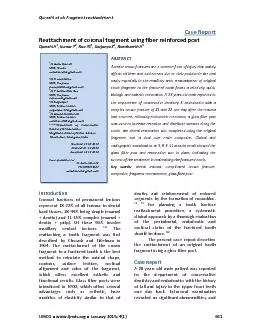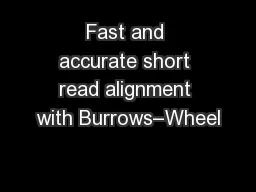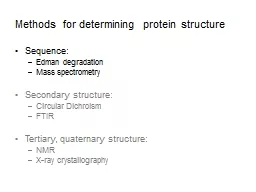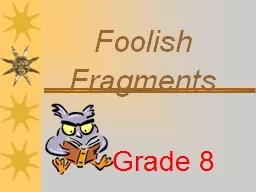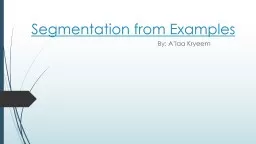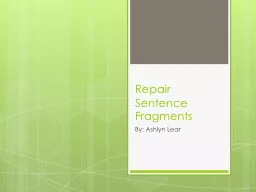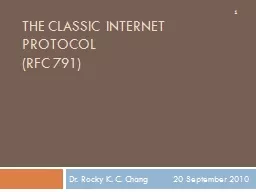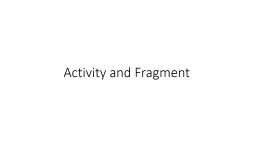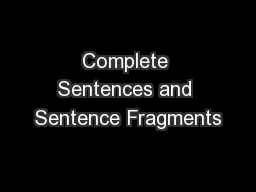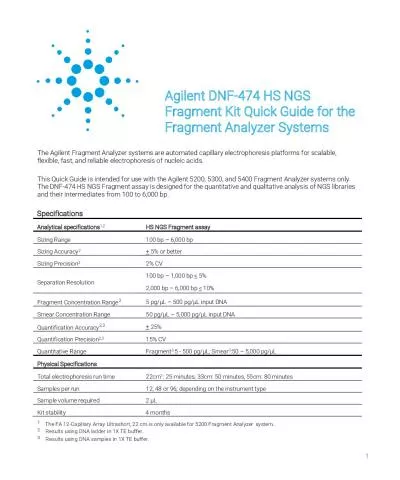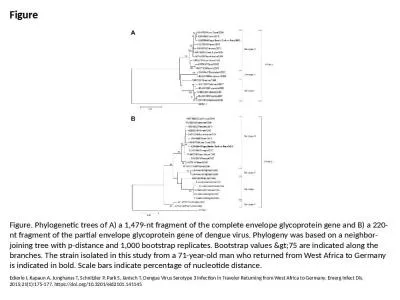PDF-: Fragment reattachment
Author : natalia-silvester | Published Date : 2015-10-05
Qureshi et al IJMDS x25CF wwwijmdsorg x25CF January 2015 41 661 Case Report Reattachment of coronal fragment using fibe r reinforced post Qureshi A 1 Kumar P 2
Presentation Embed Code
Download Presentation
Download Presentation The PPT/PDF document ": Fragment reattachment" is the property of its rightful owner. Permission is granted to download and print the materials on this website for personal, non-commercial use only, and to display it on your personal computer provided you do not modify the materials and that you retain all copyright notices contained in the materials. By downloading content from our website, you accept the terms of this agreement.
: Fragment reattachment: Transcript
Download Rules Of Document
": Fragment reattachment"The content belongs to its owner. You may download and print it for personal use, without modification, and keep all copyright notices. By downloading, you agree to these terms.
Related Documents

